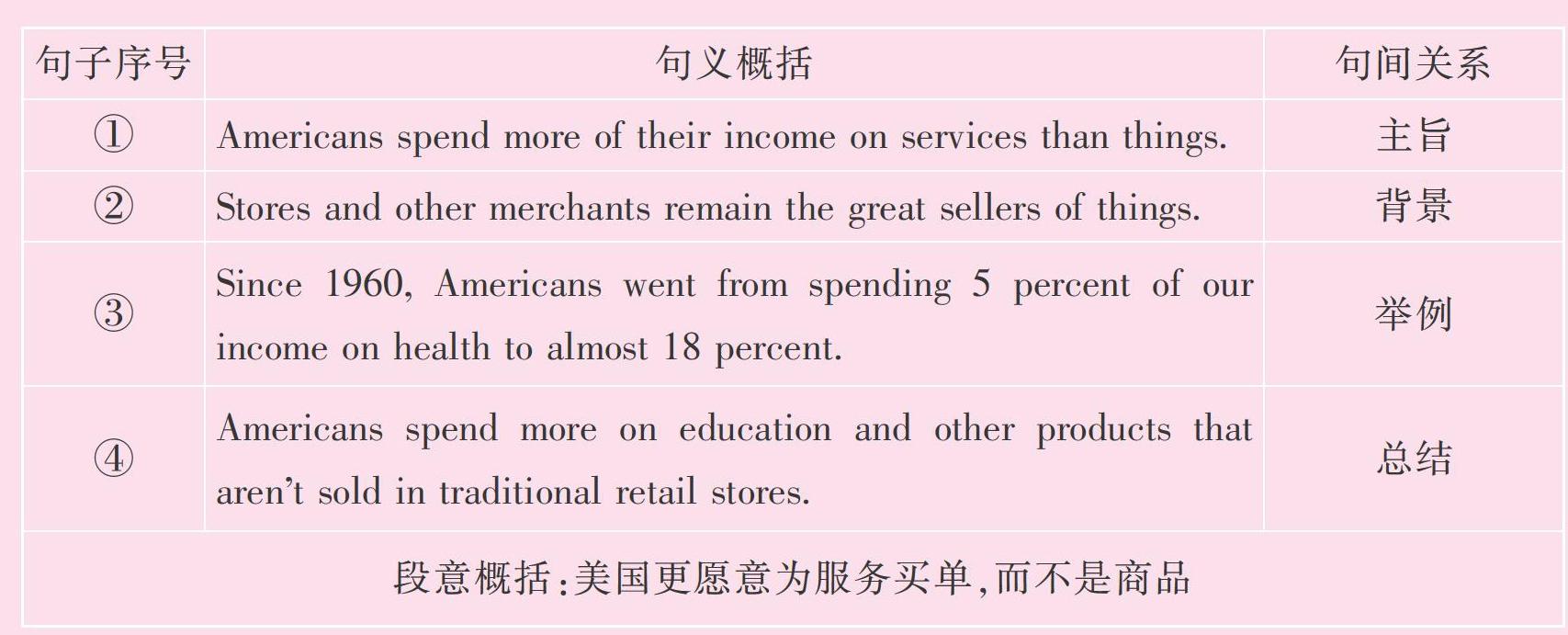What
2020-07-04李劲松
李劲松


互联网改变了我们购物的方式,但一些其他因素对传统零售商造成了更大的损害。
[难词扫障]
1. brick?and?mortar adj. 实体的
2. retailer n. 零售商
3. apocalypse n. 灾难
4. overstate v. 夸大
5. warehouse n. 仓库;大商店
6. disruptive adj. 毁灭性的;破坏性的
[原文复现]
It has been a tough decade for brick?and?mortar retailers, and matters seem only to be getting worse.
Despite a strong consumer economy, physical retailers closed more than 9,000 stores in 2019. Already this year, retailers have announced more than 1,200 intended closings, including 125 Macys stores.
Some people call what has happened to the shopping landscape “the retail apocalypse”. It is easy to blame it on the rise of e?commerce, which has thrived while physical stores struggle. And there is no denying that Amazon and other online retailers have changed consumer behavior entirely or that big retailers like Walmart and Target have tried to beef up their own online presence.
But this can be overstated.
To begin with, while e?commerce is growing sharply, it may not be nearly as big as you think. Online sales have grown tremendously in the last 20 years, rising from $5 billion per quarter to almost $155 billion per quarter. But Internet shopping still represents only 11 percent of the entire retail sales.
Furthermore, there are two major economic forces collectively that have had an even bigger impact on brick?and?mortar retail than the Internet has.
Big box stores: In the United States and elsewhere, we have changed where we shop—away from smaller stores like those in malls and toward stand?alone big box stores. Four years ago, the economists Chad Syverson and Ali Hortacsu at the University of Chicago analyzed the recent history of retail and found that the rise of warehouse supercenters was bigger than the rise of online commerce.
Here is the example that they gave. Over the 14 years through 2013, Amazon added $38 billion in sales while Costco added $50 billion and the Sams Club division of Walmart added $32 billion.
Amazon had the higher growth rate, but the bigger problem for most brick?and?mortar stores was other larger brick?and?mortar stores. This continued in 2019.
①Services instead of things: With every passing decade, Americans have spent proportionately less of income on things and more on services. ②Stores, malls, and even the mightiest online merchants emain the great sellers of things. ③Since 1960, Americans went from spending 5 percent of our income on health to almost 18 percent, government statistics show. ④Americans spend more on education, entertainment, business services and all sorts of other products that arent sold in traditional retail stores.
That trend has continued for a long time. In 1920, Americans spent more than half their income on food (38 percent) and clothing (17 percent) and almost all of that was through traditional retail stores. Today, food eaten outside the home and in it accounts for 10 percent of spending and clothing just 2.4 percent.
Economists debate theories of why we have shifted to services and away from goods but no one questions that it has happened. It means that over time, retailers selling things will have to run harder and harder just to stay in place.
In short, the broad forces hitting retail are more a lesson in economics than in the power of disruptive technology. Its a lesson all retailers will have to learn someday—even the mighty Amazon.
文章來源: 《纽约时报》
Part 1 整体感知
本文是一篇议论文,通过描述超级商场的兴起以及人们对服务的需求,论证了虽然电子商务的兴起对线下实体零售商造成了一定的冲击,但其他因素对实体店的影响实际更大。
篇章结构梳理:
[Structure Paragraph(s) Main idea Introduction Para. 1~3 ●It has been a tough decade for brick?and?mortar retailers and people tend to blame it on the rise of e?commerce. Analysis Para. 4~6 ●The effects of e?commerce can be overstated. Reasons Para. 7~12 ●There are two major economic forces collectively that have had an even bigger impact on brick?and?mortar retail: big box stores & services instead of things. Summary Para. 13 ●The broad forces hitting retail are more a lesson in economics than in the power of disruptive technology. ]
典型段落段内结构分析:
Para. 10
[句子序号 句义概括 句间关系 ① Americans spend more of their income on services than things. 主旨 ② Stores and other merchants remain the great sellers of things. 背景 ③ Since 1960, Americans went from spending 5 percent of our income on health to almost 18 percent. 举例 ④ Americans spend more on education and other products that arent sold in traditional retail stores. 总结 段意概括:美国更愿意为服务买单,而不是商品 ]
Part 2 语言学习
Ⅰ. 文本填空
1. Already this year, retailers (announce) more than 1,200 intended closings, including 125 Macys stores.
2. It is easy to blame it on the rise of e?commerce, has thrived while physical stores struggle.
3. And there is no denying Amazon and other online retailers have changed consumer behavior entirely.
4. Furthermore, there are two major economic forces collectively that have had an even
(big) impact on brick?and?mortar retail than the Internet has.
5. With every passing decade, Americans have spent proportionately less of income things and more on services.
6. short, the broad forces hitting retail are more a lesson in economics than in the power of disruptive technology.
Ⅱ. 难句分析
1. It is easy to blame it on the rise of e?commerce, which has thrived while physical stores struggle.
主句是It is easy to blame it on the rise of e?commerce,后面是which引导的定语从句,修饰前面的e?commerce,解释说明电子商务使得实体店举步维艰。此外,blame...on是固定搭配,意思是“把……归咎于……;physical stores则是指实体店。
2. Economists debate theories of why we have shifted to services and away from goods but no one questions that it has happened.
句子主干是Economists debate theories, but no one questions that it has happened, theories of 后面接的是修飾theories的一个宾语从句。
Part 3 视角拓展
超 级 商 场
在美国,像Costco、Target、Best Buy等超级商场都较为普遍。Costco是美国第二大零售商、全球第七大零售商以及美国第一大连锁会员制仓储式量贩店,也是美国《财富》杂志2019年评选的2019年世界500强排行榜的第35名。除了特色的仓储式的销售方式之外,Costco成立以来致力于以可能的最低价格提供高品质的商品。与同行业竞争者相比,Costco精心挑选更少品类且较实用的热门销售商品与排行榜靠前的名牌货,针对此类商品大量进货来压低成本,因此零售价可以压低。同时Costco也向会员收取小额的年费,这也是主要的利润来源,高质量的服务和价格上的回馈成功迎合了小型企业与一般家庭大量采购的喜好。
